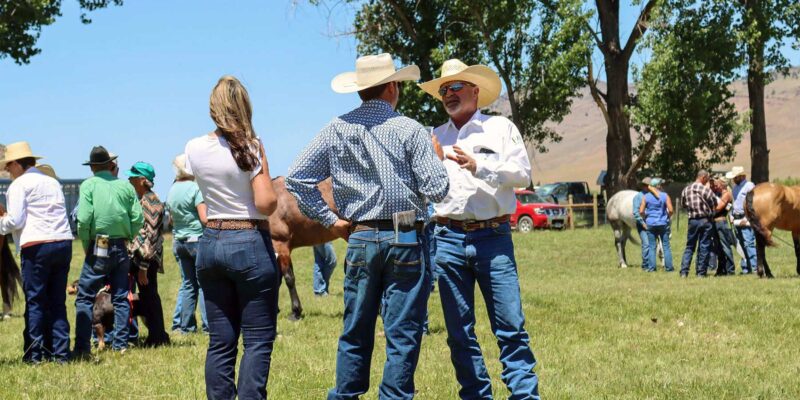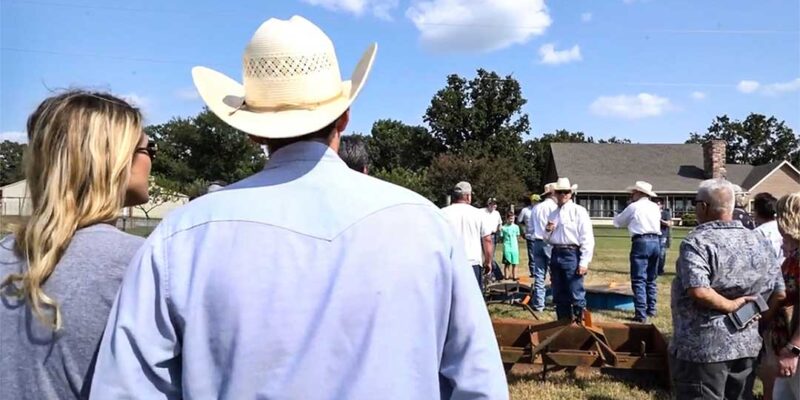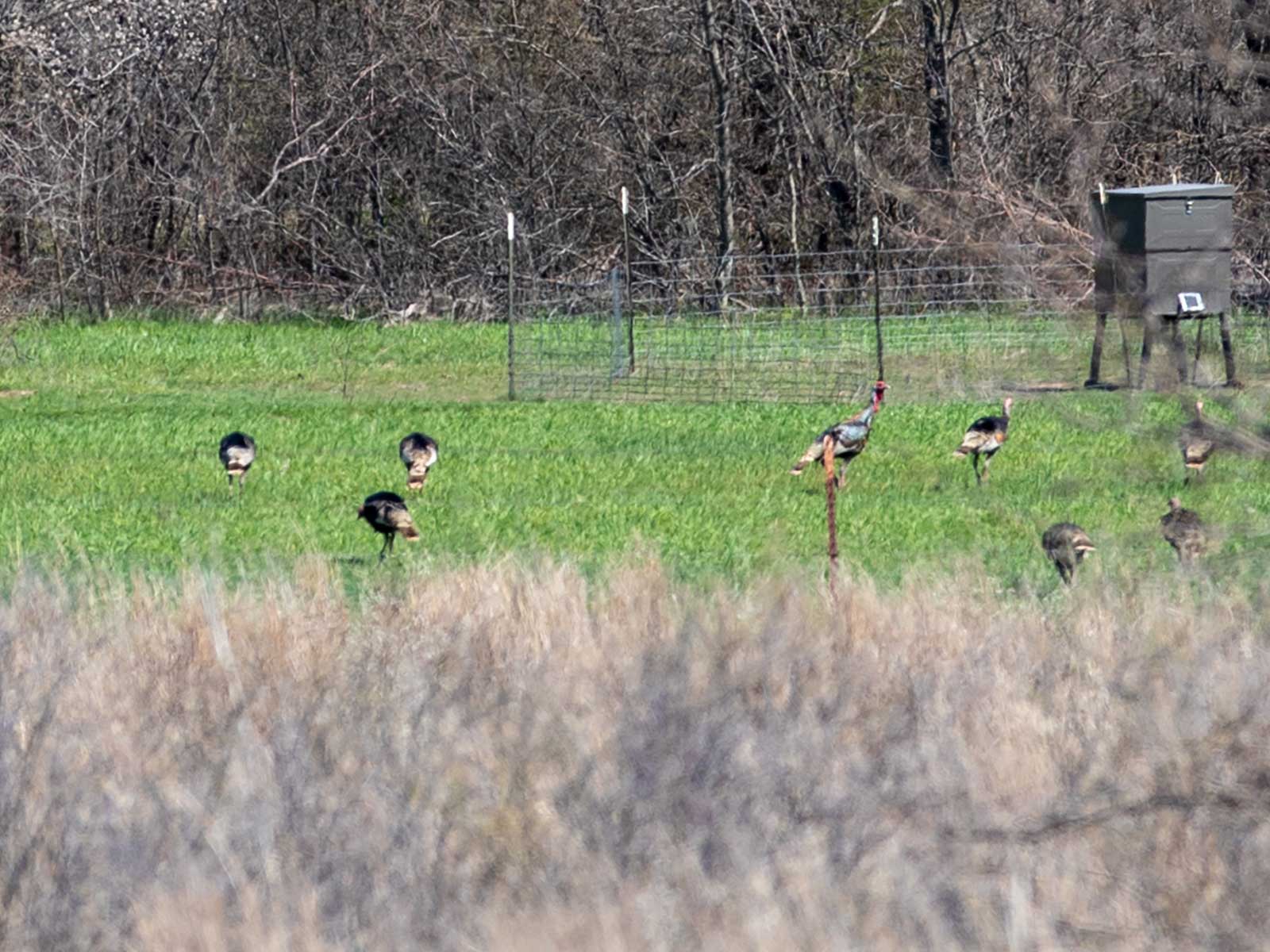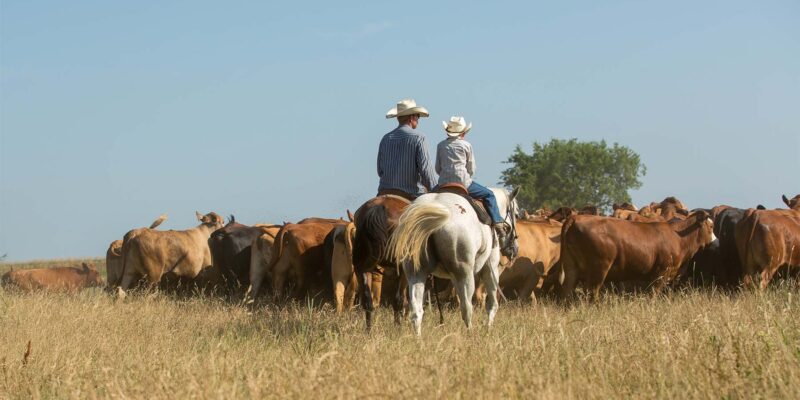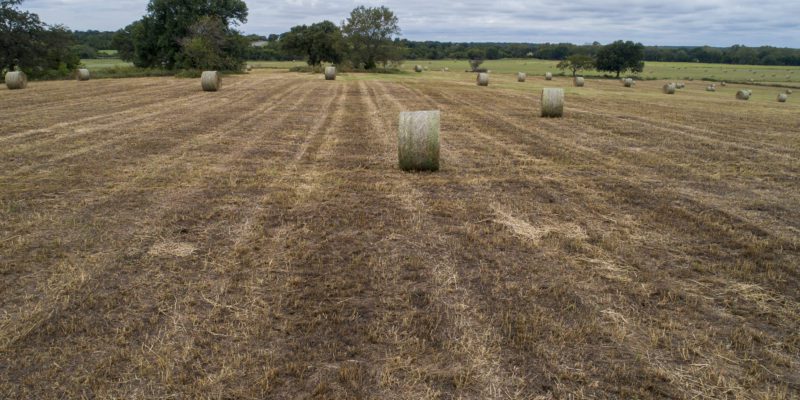2025 Land Value Expectations: What Ranchers, Landowners, and Investors Need to Know
As we head into the new year Landowners, ranchers, farmers, and investors alike are focused on the latest value projections. The good news? Stability continues to define the market, providing confidence for stakeholders navigating this competitive space.
Land values and buyer interest remained robust in 2024, despite challenges posed by lower commodity prices and a slower economy. Experts predict this strength will not only be maintained but could see modest growth as broader economic conditions improve due to lower interest rates, lack of supply ad excellent incomes over the past three years.
Market Insights from Industry Experts
“It’s always tough to predict land sales on a given day,” says Ronn Cunningham of CJ Auctions. “Our 2024 sales consistently exceeded seller expectations. Other brokers reported inconsistent results. I expect to see land prices stabilize with modest improvement as the economy continues to improve post-election.”
This perspective aligns with broader market trends. Land pricing volatility from 2021-2023 calmed down in 2024 with high-quality agricultural land commanding consistently strong values. Average price-pre-acre for raw land or lower quality ag land has fallen slightly. This moderation highlights the market’s resilience, particularly in regions like Oklahoma and Kansas, where demand remains high.
Declining Supply Meets Strong Buyer Demand
One notable trend in recent years has been a reduction in the overall number of properties for sale. Over the past three years, listings have dropped by 22%. Despite the tighter supply, demand continues to thrive, driven by both cattle and crop producers as well as institutional investors increasingly recognizing the value of agricultural land.
High-quality family farms and ranches have emerged as enduring favorites in the buyer landscape. These properties are not only maintaining their value but, in some cases, are poised to see modest increases as competition remains healthy.
Standout Regional Value Growth
Regional markets tell a particularly compelling story. Oklahoma and Kansas pastureland values shone bright in 2024, and that momentum is expected to carry through 2025. Nationally, pastureland values grew by 5.2% on average last year, but Oklahoma and Kansas outpaced the trend, achieving an impressive 9% average annual value growth across the south-central region.
Additionally, cash rental rates further boosted landowner returns. Oklahoma led the nation with a remarkable 10% increase in cropland cash rental rates in 2024, further cementing its position as a leader in the agricultural land market.
Key Takeaways for 2025
For those involved in or considering entering the ag land market, here are the main points to know:
- Expect Less Volatility: Despite economic fluctuations, the agricultural land market remains stable, with modest improvements expected into 2025.
- High-Quality Land Holds Strong: Properties with strong agricultural value, such as family farms and ranches, are maintaining high demand and value.
- Regional Bright Spots: Oklahoma and Kansas continue to lead the way in terms of growth and strong returns in both land value and cash rental rates.
- Supply Challenges Persist: With fewer listings on the market, opportunities for land acquisition are becoming increasingly competitive.
Looking Ahead
The 2025 market outlook offers optimism for ranchers, landowners, and investors. Stability coupled with continued regional growth suggests strong opportunities for those looking to invest in high-quality properties or maximize value from existing holdings.
Whether you’re actively participating in the market or simply keeping an eye on trends, staying informed has never been more critical. By understanding the forces shaping the land market, you’ll be better positioned to make savvy decisions in the year ahead.
Thinking of Selling Your Land? CJ Real Estate Can Help
We are real estate experts specializing in ranch, residential and commercial land sales. Whether you need to diversify assets quickly for top-dollar via auction or are prepared to list and wait for a buyer to come to you, the CJ Real Estate team provides comprehensive solutions and proven sales performance. When results matter, choose CJ Real Estate.

